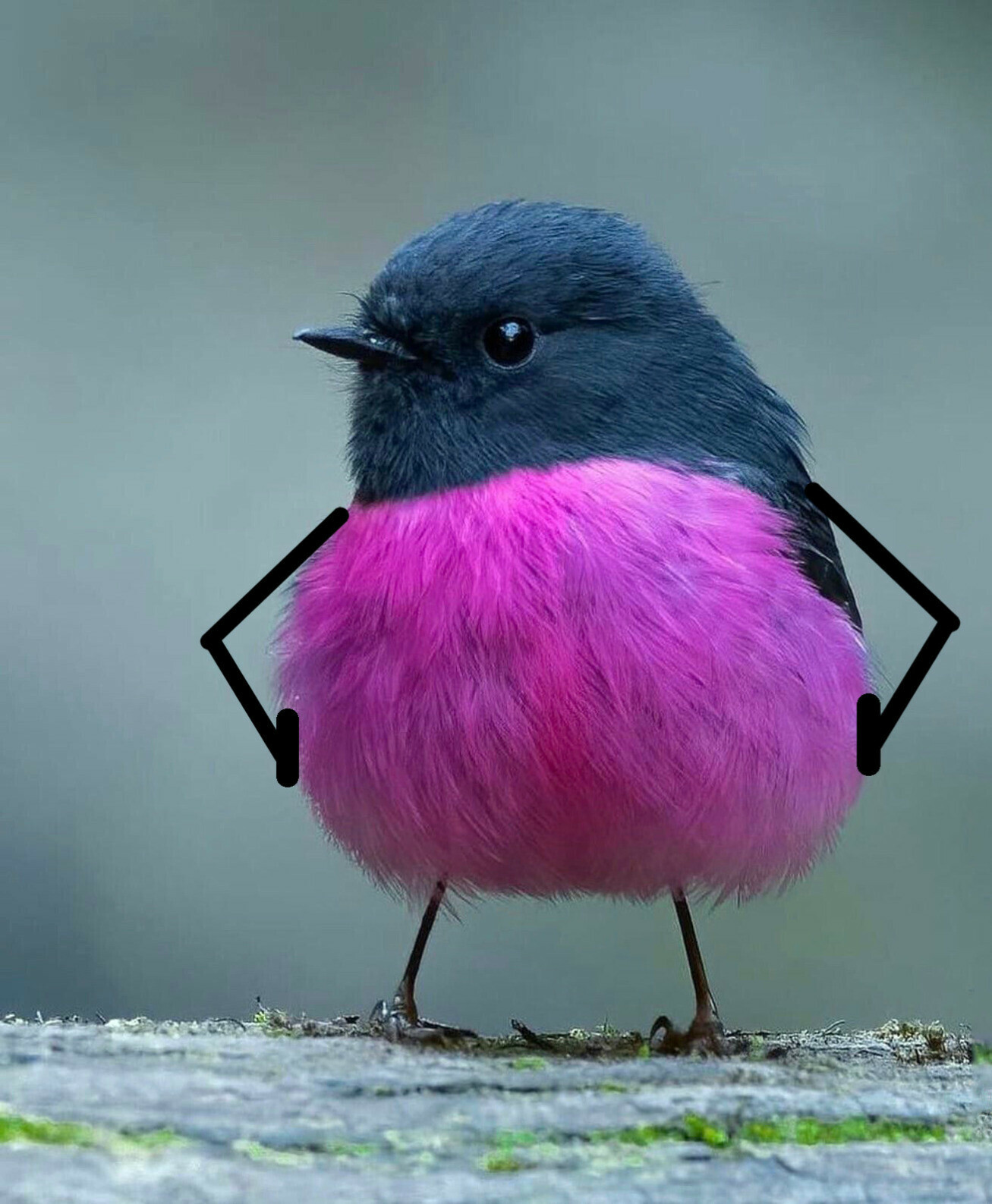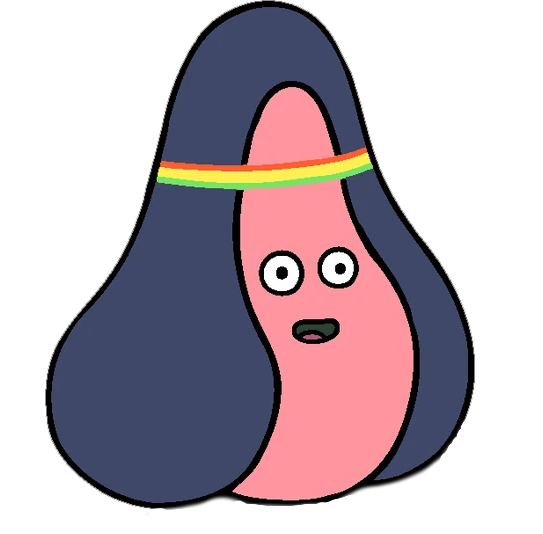I just bought an ice cream machine with a compressor for half price. I thought it would be easy (it isn’t) but I am nerding out.
I will explain to you all, to my best understanding, some theory about frozen deserts.
First, about ice formation: Imagine some water-ice mixture. Liquid H₂O molecules will, with some probability pertaining to their low kinetic energy and being next an ice crystal, join the ice crystals, making the ice crystal grow. At the same time, water molecules on the surface of the ice crystal, will, with some probability related to their kinetic energy, break loose of the crystal structure and join the liquid water.
If more molecules go from liquid to ice, more ice will form. If more molecules go from ice to liquid, the ice melts. What effect dominates depends on the average kinetic energy of the water molecules aka the temperature. Above 0 °C, more ice melts than freezes onto crystals; below, more freezes than melts.
Now, if, instead of pure water, you dissolve sugar (or salt or ethanol or whatever) into the water, that will make it less likely for liquid water molecules to join the ice crystals, because the sugar is in the way of the water molecules wanting to join the ice. It makes the liquid-to-solid transition less common, less probable, because there are just less liquid water molecules next to the ice surface. Because the sugar doesn’t join the ice crystals itself, the ice is is just pure water, and the opposite ice-to-liquid transition is not affected by the sugar.
So, in a sugar-in-water solution, for the same temperature, less H₂O molecules will join the ice, while the same amount will melt as in the pure water case. This effectively depresses the freezing point. You now will need a lower temperature than 0 °C to form ice in order to make up for this. You can approximately calculate this temperature quite easily because the drop in freezing point is proportional to the amount of sugar (or salt …) molecules in the solution.
Interestingly, the mass of the sugar doesn’t matter, only the number of molecules does: If you dissolve a certain amount of sucrose (a double sugar) molecules, it will affect the freezing point the same way as adding the same amount of glucose molecules, even though glucose is half the mass. The same goes for salt: One NaCl, because it splits up when dissolved in water, will depress the freezing point approximately like two sugar molecules.
The second important point: The concentration of sugar in the water increases as ice forms. The sugar stays in the liquid solution; the ice is pure water. So more ice means a higher sugar concentration in the liquid that remains, depressing the freezing point of the remaining liquid. This means that for any specific temperature, sugar-water will freeze only partially to a certain percentage. You can calculate (for example), if you have 500 g of sucrose dissolved in 1 l of water, and you freeze that to -18 °C, about 79% of the water will be in ice form.
cryoscopy pilled.
The interesting part about ice cream, i think, is avoiding big crystal formations, which destroy the texture, as they would taste like crunchy ice in a syrup (as you mentioned)
Yeah from what I gather, what you do is (a) churn (ice cream machines do that for you), and (b) have other stuff in the mix, i.e solids, fat globules, stabilizers (maybe, not sure if they affect crystal size?) and so on, so the crystals don’t get too big.
But unlike stovetop cooking, where usually there’s a ton leeway on the amounts of stuff you can put in, the water-to-sugar-molecule-ratio is actually very important. It will literally turn into a block of ice or, on the opposite side, soup, if you don’t get it right.
As side note: I have to order a ton of ingredients on the internet. Physical stores around here don’t stock maltodextrin, xanthan, lecithin, dehydrated milk powder and god knows what else I will need/want.
i thought you only needed like yolks to bind stuff, heavy cream and sugar

Oh yeah already did that. The emulgator in eggs yolks is lecithin, but you can get (already ordered, will hopefully arrive this week) pure soy lecithin if you want an alternative that is vegan, cheaper, and doesn’t require tempering (not that hard but a bit of pita, look it up!). Seems a bit wasteful to throw away two or three egg whites to make a liter of ice cream, when all you really need is the very small amount of lecithin contained in the yolks.
you make japanese pancakes (obviously) with whites

interesting, and what is the rest of the stuff for?
Oh yeah i was thinking about using the egg whites but realistically they’ll just sit in the fridge until I throw them out, I’m not that organized. I’ll look up Japanese pancakes, thank you.
So, Xanthan and carob gum (I actually found that in the shop) are stabilizers, which make the solids stay dispersed evenly throughout the mix. The way this works, as I understand, is that these long carbohydrates form a sort of netting throughout the mix that stops larger particles from clumping. Supposedly using both at the same time enhances the effect.
You need at least two kinds of sugar, because sugar influences both sweetness and freezing point at the same time. If you just use one type of sugar, and you make the recipe to be eaten at -16 °C or whatever, you’ll just have to live with however sweet it turn out to be. If you want to control both sweetness and consistency at the same time, you want an additional sugar like maltodextrin, which is both less sweet and doesn’t depress the freezing point as much. You can then change the ratios to adjust sweetness while keeping the freezing curve the same.
The dehydrated milk powder is the only way I can think of how to make e.g. coffee ice cream. Coffee is mostly water, but you want a certain amount of milk solids. So if you want ice cream and not watery coffee sorbet, the milk needs to be added somehow while not adding too much additional water, hence the dehydrated milk powder.
And here I was, just making ice cream with the basic custard base and considering it done.
Chemistry has never been my strong suit. But… is metal alloys having lower melting points than the constituent metals (I think that is true at least?) related to the same mechanic?
you should meet up with the user that’s making rubies.
How does soft serve differ from normal ice cream, and why is it impossible to store well?
Soft serve I have only ever seen at McDonald’s around here. Since I was also interested, I looked it up: It’s lower fat, a lot more airy and the serving temperature is only -4 °C, whereas store ice cream is like -15 °C or thereabouts (freezers are supposed to be -18 °C) and Italian gelato (very popular here in Germany) is around -12 °C. The serving temperature isn’t just some unimportant detail: Soft serve would presumably turn into a somewhat airy but hard ice cube in a freezer, while gelato would turn into soup at -4 °C. You cannot turn any recipe from either into the other. The adjustments would be massive if you tried. All the ingredient ratios would be totally different. You’d have to change pretty much everything.
I suspect you need a special machine to create soft serve. I don’t think a usual ice cream machine, which basically just cools and churns, is able to do the airiness justice.
Yeah, soft serve machines do a continual churn in a process kinda like a cement mixer
Less milk fat and more air.
Unsure about storage issues, though.




